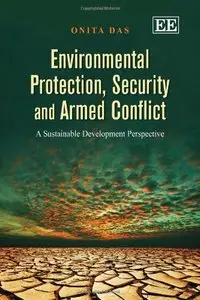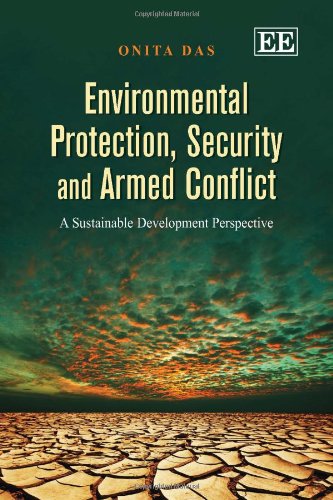Environmental Protection, Security and Armed Conflict: A Sustainable Development Perspective By Onita Das
2013 | 288 Pages | ISBN: 1781004676 | PDF | 1 MB
2013 | 288 Pages | ISBN: 1781004676 | PDF | 1 MB
'Environmental Protection, Security and Armed Conflict is a timely reminder of the need to integrate sustainable development into key areas of international law, including all phases of armed conflict. Onita Das cleverly picks her way through the applicable law and derives solid suggestions for the future.'BR>- Karen Hulme, University of Essex, UK This book explores environmental protection relevant to security and armed conflict from a sustainable development perspective. The author details how at each stage of the armed conflict life cycle, policy, law and enforcement have fallen short of the sustainable development model and concludes with a set of suggestions for how to address this pressing concern. The book considers and discusses: - Environmental protection relevant to security and armed conflict from a holistically sustainable development perspective. - Environmental protection relevant to security and armed conflict in the life cycle of armed conflict: pre-conflict, in-conflict and post-conflict. - Uses substantive sustainable development principles (duty of states to ensure sustainable use of natural resources; equity and the eradication of poverty; common but differentiated responsibilities; precautionary principle; public participation; good governance; integration and interrelationship; and polluter pays principle) as tools or objectives to achieve sustainable development in the context of environmental protection relevant to security and armed conflict. - The concept of sustainable development is utilized to fill the gaps left by policy and law in the field of environmental protection relevant to security and armed conflict. The book also examines 5 case-studies relating to Somalia, Darfur, Sudan, Sierra Leone, the First Gulf war and the Kosovo conflict. This fascinating and detailed study will strongly appeal to academics and postgraduate students in the fields of both environmental protection and international law, researchers, policy-makers, NGOs and individuals working in the field.



